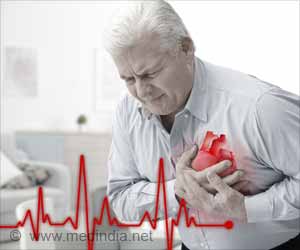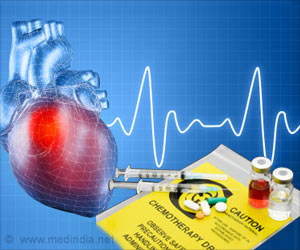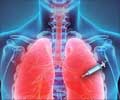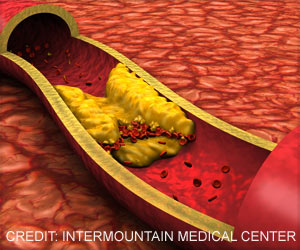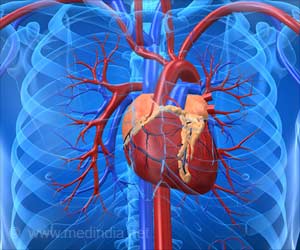Cardiac complications due to exposure to radiation during lung cancer radiotherapy can be reduced by limiting exposure to specific areas of heart.
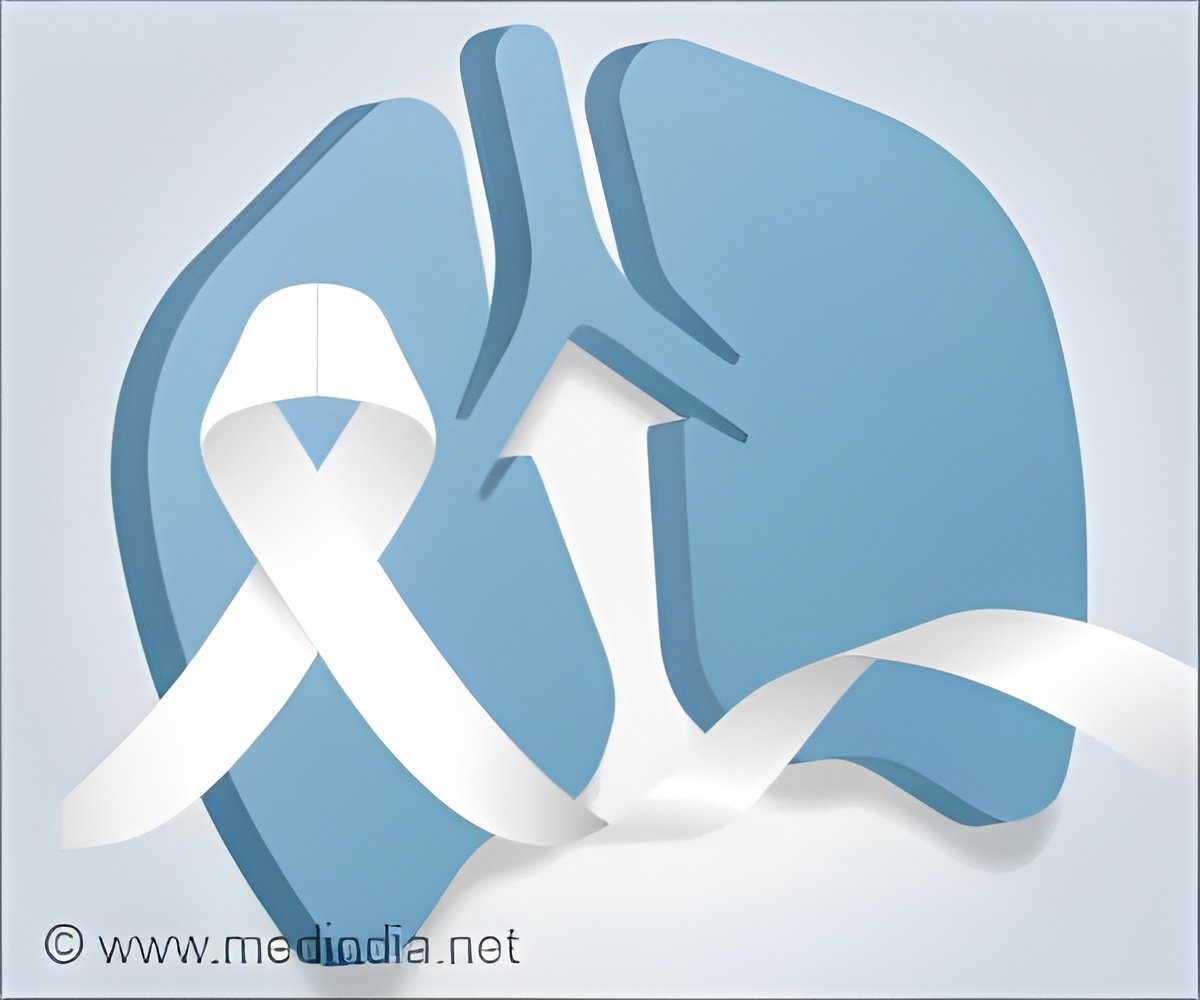
‘Did You Know?
The link of cardiovascular complications to radiotherapy was initially observed in the 1970s. The correlation between the doses of ionizing radiation delivered to the heart and subsequent cardiac injuries was first noted in 1983. #lungcancer #arrhythmias #medindia’





The introduction of artificial intelligence tools in the healthcare sector has been revolutionary, with the capacity to significantly transform the continuum of care, particularly in developing treatment strategies for cancer patients. Mass General Brigham, recognized as one of the leading integrated academic health systems and the largest innovation enterprise in the country, is at the forefront of conducting thorough research on novel and emerging technologies to guide the responsible integration of AI into healthcare delivery (1✔ ✔Trusted SourceThe link of cardiovascular complications to radiotherapy was initially observed in the 1970s. The correlation between the doses of ionizing radiation delivered to the heart and subsequent cardiac injuries was first noted in 1983. #lungcancer #arrhythmias #medindia’
Cardiac Substructure Radiation Dose and Associations With Tachyarrhythmia and Bradyarrhythmia After Lung Cancer Radiotherapy
Go to source).
How Radiation Therapy for Lung Cancer Is Linked to Cardiac Damage
For patients receiving radiation therapy to treat non-small cell lung cancer (NSCLC), arrhythmias or irregular rhythms of the heart can be common. Because of the close proximity of the heart to the lungs and with NSCLC tumors being near or around the heart, the heart can receive collateral damage from radiation dose spillage meant to target the cancer tumors. Prior studies have found that this type of exposure to the heart is associated with general cardiac issues. However, this nuanced study demonstrated that the risk for different types of arrhythmias can vary significantly based on the pathophysiology and cardiac structures that are exposed to different levels of radiation (2✔ ✔Trusted SourceResearchers use AI tools to uncover connections between radiotherapy for lung cancer and heart complications
Go to source).
In order to classify the types of arrhythmias that are associated with cardiac substructures receiving radiation, researchers conducted a retrospective analysis on 748 patients in Massachusetts, who were treated with radiation for locally advanced NSCLC. The arrhythmia subtypes catalogued included atrial fibrillation, atrial flutter, other supraventricular tachycardia, bradyarrhythmia, and ventricular tachyarrhythmia or asystole.
The team’s statistical analyses indicated that about one out of every six patients experienced at least one grade 3 arrhythmia with a median time of 2.0 years until the first arrhythmia. Grade 3 classifications are considered serious events that likely need intervention or require hospitalization. They also found that almost one-third of patients who experienced arrhythmias also suffered from major adverse cardiac events.
Cardiac Complications Can Be Reduced By Limiting Exposure of Radiation to Specific Areas of Heart
The arrhythmia classes outlined in the study did not entirely encompass the range of heart rhythm issues that are possible, but the authors note that these observations still create a better understanding of the possible pathophysiology pathways and potential avenues for minimizing cardiac toxicity after receiving radiation treatment. Their work also offers a predictive model for dose exposure and the type of expected arrhythmia.Advertisement
“An interesting part of what we did was leverage artificial intelligence algorithms to segment structures like the pulmonary vein and parts of the conduction system to measure the radiation dose exposure in over 700 patients. This saved us many months of manual work,” said Mak. “So, not only does this work have potential clinical impact, but it also opens the door for using AI in radiation oncology research to streamline discovery and create larger datasets.”
Advertisement
- Cardiac Substructure Radiation Dose and Associations With Tachyarrhythmia and Bradyarrhythmia After Lung Cancer Radiotherapy - (https://www.sciencedirect.com/science/article/pii/S2666087324002266)
- Researchers use AI tools to uncover connections between radiotherapy for lung cancer and heart complications - (https://www.sciencedaily.com/releases/2024/08/240820221831.htm)
Source-Eurekalert

